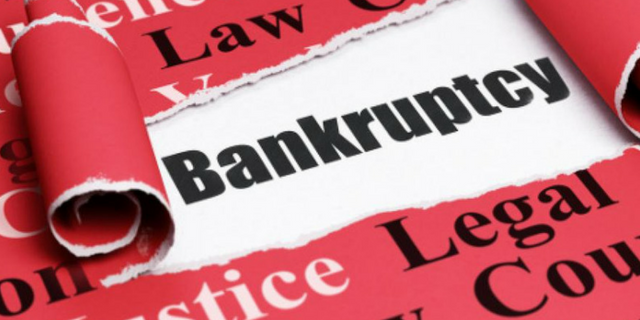Comprehending Bankruptcy
Personal bankruptcy provides a specific or business a possibility to begin fresh by forgiving debts that just can not be paid while offering creditors a chance to acquire some procedure of payment based upon the individual's or company's possessions offered for liquidation. In theory, the capability to submit for bankruptcy benefits the overall economy by allowing people and companies a second possibility to access to credit and by supplying financial institutions with a part of financial obligation payment. Upon the effective conclusion of personal bankruptcy procedures, the debtor is eliminated of the financial obligation commitments that were sustained prior to declaring personal bankruptcy.
All personal bankruptcy cases in the United States are managed through federal courts. Any choices in federal insolvency cases are made by a personal bankruptcy judge, consisting of whether a debtor is eligible to file and whether they should be discharged of their financial obligations. Administration over personal bankruptcy cases is typically dealt with by a trustee, an officer designated by the United States Trustee Program of the Department of Justice, to represent the debtor's estate in the proceeding. There is usually really little direct contact in between the debtor and the judge unless there is some objection made in the event by a lender.
Types of Personal Bankruptcy Filings
Personal bankruptcy filings in the United States fall under one of several chapters of the Bankruptcy Code, consisting of Chapter 7, which involves the liquidation of properties; Chapter 11, which handles company or specific reorganizations; and Chapter 13, which organizes for financial obligation repayment with lowered financial obligation covenants or particular payment plans. Personal bankruptcy filing expenses vary, depending upon the type of bankruptcy, the intricacy of the case, and other factors.
Chapter 7 Personal bankruptcy

People-- and in some cases organisations, with couple of or no assets-- usually file Chapter 7 personal bankruptcy. It enables them to get rid of their unsecured debts, such as charge card balances and medical expenses. Those with nonexempt properties, such as family treasures (collections with high appraisals, such as coin or stamp collections); 2nd homes; and money, stocks, or bonds must liquidate the home to repay some or all of their unsecured debts. An individual filing Chapter 7 insolvency is basically selling off their properties to clear their debt. People who have no important assets and just exempt home-- such as household items, clothes, tools for their trades, and a personal automobile worth approximately a certain worth-- might wind up repaying no part of their unsecured debt.
Chapter 11 Foreclosure Personal bankruptcy
Businesses frequently submit Chapter 11 personal bankruptcy, the goal of which is to reorganize, remain in service, and as soon as again become lucrative. Filing Chapter 11 personal bankruptcy permits a business to create plans for profitability, cut costs, and find brand-new methods to increase earnings. Their chosen investors, if any, may still receive payments, though common stockholders will not.
For example, a housekeeping company filing Chapter 11 insolvency may increase its rates a little and use more services to end up being successful. Chapter 11 personal bankruptcy permits business to continue conducting its business activities without interruption while working on a financial obligation payment strategy under the court's guidance. In unusual cases, people can also file Chapter 11 bankruptcy.
Chapter 13 Bankruptcy
People who make excessive cash to get approved for Chapter 7 insolvency may file under Chapter 13, likewise understood as a wage earner's strategy. It enables people-- in addition to organisations, with constant income-- to develop workable debt payment strategies. The repayment plans are commonly in installations throughout a three- to five-year duration. In exchange for repaying their financial institutions, the courts permit these debtors to keep all of their residential or commercial property, including otherwise nonexempt property.
Other Bankruptcy Filings
While Chapter 7, Chapter 11, and Chapter 13 are the most typical insolvency proceedings, specifically as far as individuals are concerned, the law likewise attends to several other types: